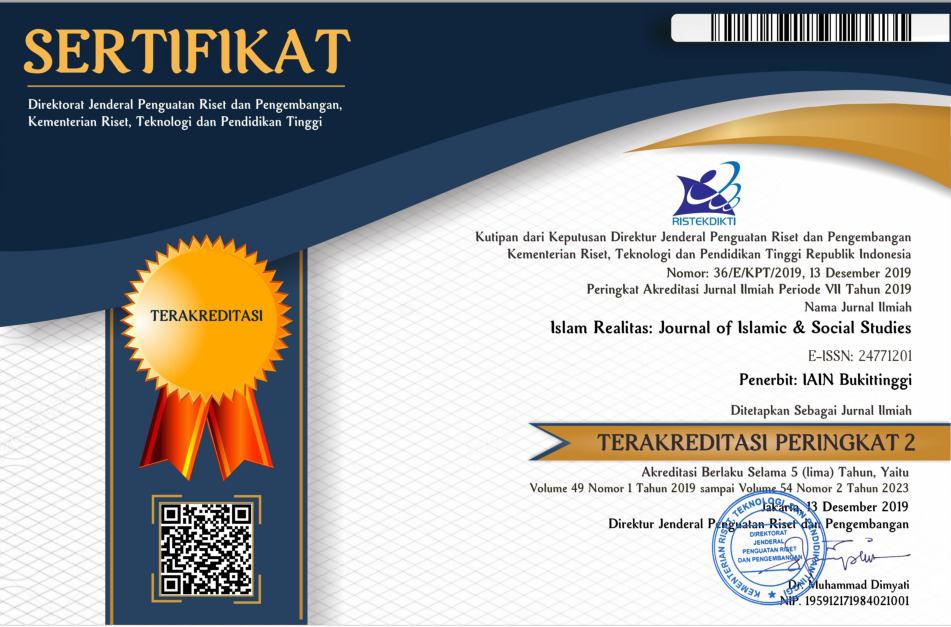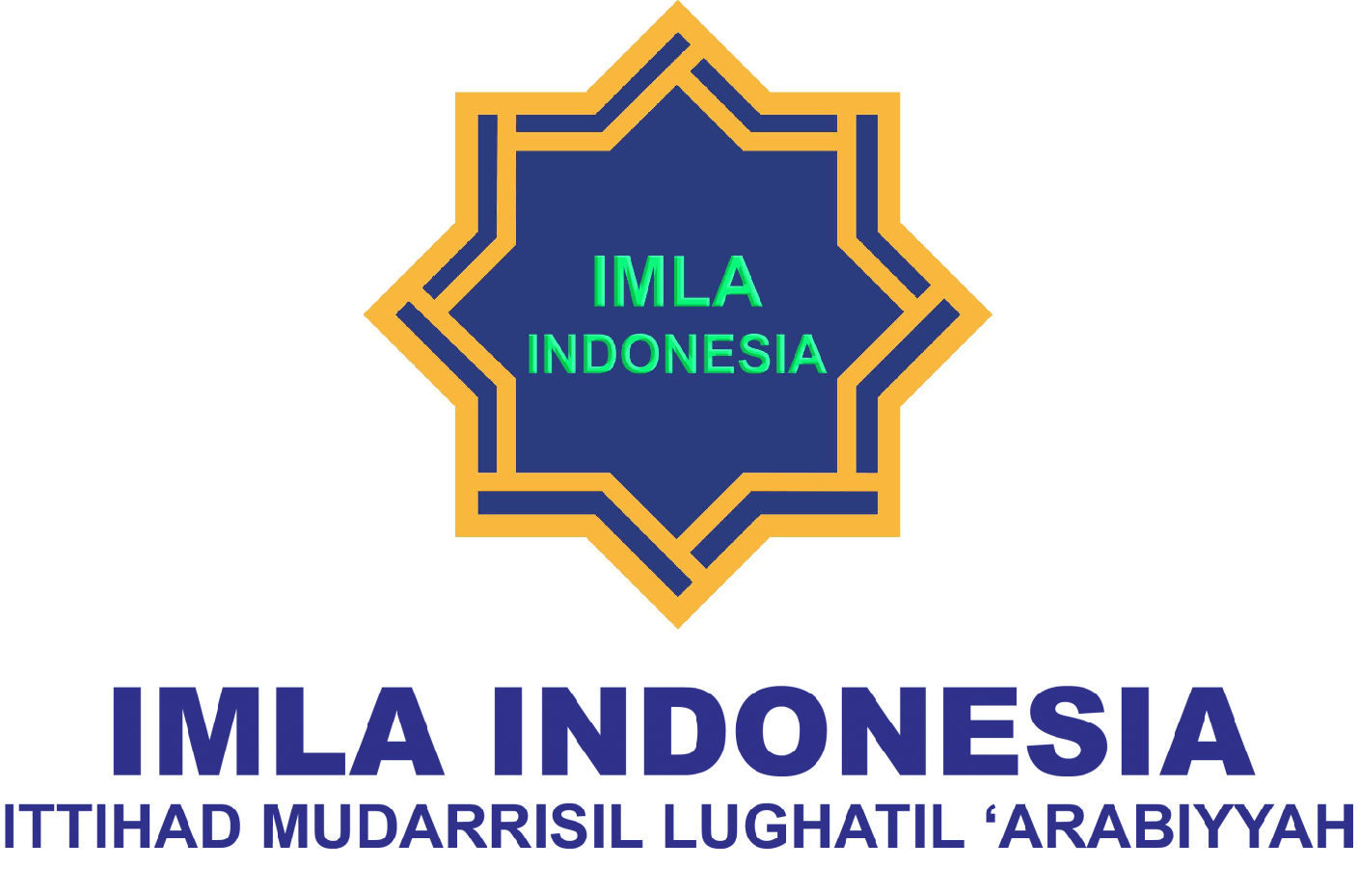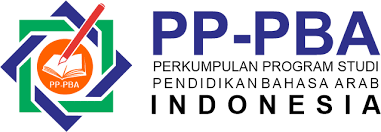TaʼthÄ«r IstikhdÄm IstirÄtÄ«jÄ«yah TadrÄ«s al-AqrÄn (Peer Lessons) fÄ« NatÄÊ¿ij TaÊ¿lÄ«m al-Lughah al-Ê¿ArabÄ«yyah
DOI:
https://doi.org/10.30983/huruf.v3i2.7397Keywords:
Arabic Language, Peer Lessons Strategies, Learning OutcomesAbstract
The problems in this research are student learning outcomes are low, students are less interested in learning Arabic, teachers teaching Arabic still do not use traditional teaching strategies, and the teaching process in the classroom is focused on teachers and not on students. The purpose of this research is: 1) To find the effect of the use of peer lessons strategy on student learning outcomes, 2) To find the extent to which the effect of the use of peer lessons strategy on student learning outcomes. This research method used is a quasi-experiment with a non-equivalent control group design. The population is all 10th-grade students and the sampling technique is purposive sampling. Data collection was carried out using test results in the form of multiple-choice questions. The result of the research based on the independent sample t-test analysis is: 1) There is an effect of peer lessons strategy on student learning outcomes because, in the Independent Sample t-test, sig values were obtained the value of sig. (2-tailed)0.001 > α.(0.05). 2) The effect of peer lessons strategy on student learning outcomes of 42.59 %.
ينطلق البØØ« من المشكلات التي تواجه طلاب الÙصل العاشر بالمدرسة الثانوية الإسلامية الØكومية 4 آغام. Ùˆ منها نتائج تعليم الطلاب منخÙضة، وقلة الاهتمام طلاب بتعلم اللغة العربية، لم يزل المعلم يستخدم الطريقة التقليدية ÙÙŠ التعليم، وتركز التعليم على المعلم ولم تتركز على الطلاب. أما أهدا٠البØØ« هي: لمعرÙØ© استخدام استراتيجية تدريس الأقران (Peer Lessons) ÙÙŠ تعليم اللغة العربية، ولمعرÙØ© نتائج تعليم اللغة العربية، ولمعرÙØ© تأثير استخدام استراتيجية تدريس الأقران (Peer Lessons)  ÙÙŠ تعليم اللغة العربية لدى الطلاب ÙÙŠ هذه المدرسة. هذا البØØ« هو البØØ« الكمي بنوع تجربي زائÙÙŠØŒ وتصميم البØØ« هو تصميم Nonequivalent Control Group Design. والمجتمع لهذا البØØ« هو جميع الطلاب ÙÙŠ الÙصل العاشر والعينة يعني الÙصل الضابط (X Mipa 2) والÙصل التجريبي (X Mipa 1) بتقنية أخذ العينة هي Purpossive sampling. تم جمع البيانات باستخدام نتائج الاختبار ÙÙŠ شكل أسئلة الاختيار من متعدد.  بناء على نتائج اختبار الÙرضيات ÙÙŠ SPSS النتيجة الأهمية أو Sig.(2-Tailed) ÙÙŠ جدول Independent Sampel T Test  هي 0ØŒ001 أصغر من 0.05 Ùالمقبول Ùرضية بدلية.
Â
References
Bimantara, Anggit, ‘Penerapan Model Pembelajaran Student Teams Achievement Divisions (Stad) Sebagai Upaya Meningkatan Aktivitas Proses Belajar Siswa Pada Mata Pelajaran Ips Kelas Viii Smp Muhammadiyah 1 Simpon Surakarta Tahun Ajaran 2017/2018’, 3.2017 (2020).
Dewi,Yelfi, Amrina, Mudinilah, Adam, dkk, Development of Arabic Learning Media with Lecture Maker Application, BIC EAI 2021.
Febrianta, Rita. UtrÅ«hah: FaÊ¿Äliyyah IstikhdÄm al-BÄ«'ah al-Madrasah fÄ« Tarqiyah MahÄrah al-KalÄm, Malang: UIN Maulana Malik Ibrahim (2009).
Harisman, Teguh, Dasar Pertimbangan Memilih Strategi, Metode, Teknik daalam Pembelajaran PAI, Pasca Sarjana UIN Alauddin, Makassar (2020).
Julianti, Dena, ‘Upaya Meningkatkan Keaktifan Dan Hasil Belajar Ips Melalui Strategi Peer Lessons Dengan Media Permainan Ular Tangga’, MADROSATUNA : Jurnal Pendidikan Guru Madrasah Ibtidaiyah, 1.1 (2018). <https://doi.org/10.47971/mjpgmi.v1i1.17>
Relita, Dessy, Triana dam Marganingsih, Anna and utari ilhayati Ningsih, ‘Penerapan Strategi Pembelajaran Aktif Tipe Peer Lessons Terhadap Kemampuan Berpikir Kritis Siswa’, Sosio Didaktika, 4.2 (2017).
Ritonga, Mahyudin, Nazir, Alwis, Pembelajaran Bahasa Arab Berbasis Teknologi Informasi dan Komunikasi di Kota Padang, Arabiyat: Jurnal Pendidikan Bahasa Arab dan Kebahasaaraban, 3, (1), 2016.
Rizal, Eka, Yusra, Oktarina, dkk, Tamyiz; a Quantum Learning Method for Qawaid Instructio, BICED EAI, 2019.
Sugiyono, Metode Penelitian Kuantitatif, Kualitatif dan R&D, (Bandung:Alfabetahal), 2013.
Wahyuni, Zikra, Hayati, Husni Arman, dkk, Orthography and Pronunciation in Arabic and English; A Contrastive Analysis, BICED 2021.
Zainuri, Muhammad, Perkembangan Bahasa Arab di Indonesia, Tarling: Journal of Languange Education, Vol.2 No.2 th. 2019.
Zubaydah, TaqÄbul al-Lughah fi TaÊ¿lÄ«m al-Adab al-Ê¿Arabiy, al-MultaqÄ al-Ê¿Ilmiy al-Ê¿Ä€lamiy al-ḤÄdi Ê¿Ashar al-Lughah al-Ê¿Arabiyyah, 2018.
Downloads
Additional Files
Published
How to Cite
Issue
Section
Citation Check
License
Copyright (c) 2023 Dhayana Putri Albakrie

This work is licensed under a Creative Commons Attribution-ShareAlike 4.0 International License.
Authors who publish with this journal agree to the following terms:
- Authors retain copyright and grant the journal right of first publication with the work simultaneously licensed under a Creative Commons Attribution-ShareAlike 4.0 International Licensethat allows others to share the work with an acknowledgment of the work's authorship and initial publication in this journal.
- Authors are able to enter into separate, additional contractual arrangements for the non-exclusive distribution of the journal's published version of the work (e.g., post it to an institutional repository or publish it in a book), with an acknowledgment of its initial publication in this journal.
- Authors are permitted and encouraged to post their work online (e.g., in institutional repositories or on their website) prior to and during the submission process, as it can lead to productive exchanges, as well as earlier and greater citation of published work (See The Effect of Open Access).




